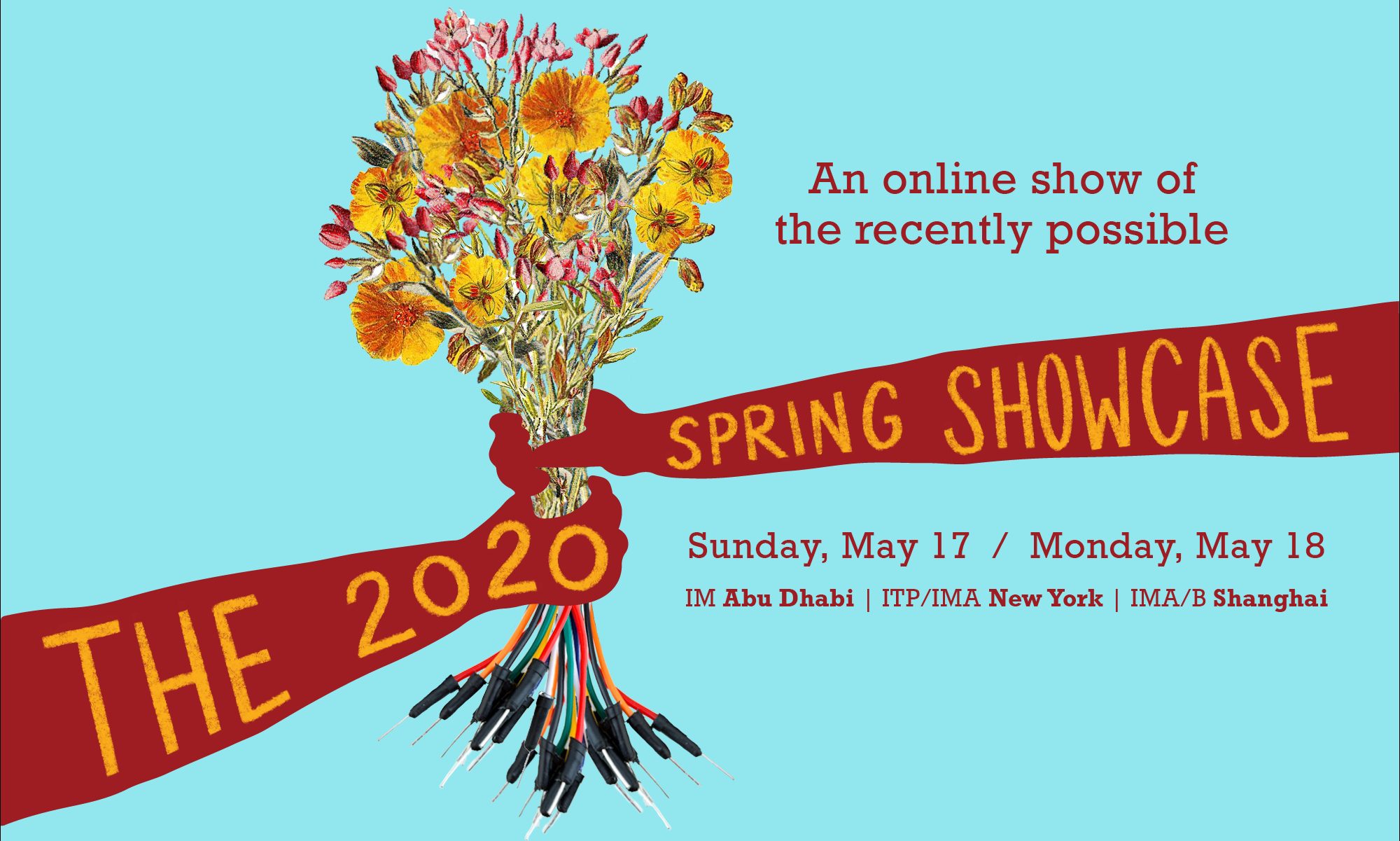This website creates a creative platform in which users can learn in the form of an interactive case study and experience the role that counterfeit products play on consumers and on the global economy.
De’Yon Zechariah Keshawn Smith
Description
This project documents the relationship between consumers and their journey to purchase counterfeit goods. Analyzing the depreciation of the value of luxury goods as a product loses its authenticity helps understand the distinction between counterfeits and real. Observing and documenting the economic and social models of the counterfeit market and other varied business case studies, I built a website that creates a creative platform in which users can learn in the form of an interactive case study experience. The project is intended to be used in a business course by any professor that wishes to explain the counterfeits market impression on consumers and the impact on the global economy.
The history and culture rooted in the creation of the counterfeit market have shaped the global economy as well as the current global nearly trillion-dollar market of today. Based on the scholarship of Jie Chen, and Pur Purwanto as well as the analysis of intellectual property rights policies in place for international brands, this project will elaborate on luxury brands’ positions in the counterfeit market and showcase the thought process behind a consumer's decision to purchase a counterfeit good. Analyzing concepts such as moral recognition and socioeconomic class will be used to decipher the relationship between counterfeit products and consumers.The website will take you through a collection of questions, data, and information that will leave the user with reflective and engaging interactions. There will be side-by-side images that will test the user's ability to recognize and distinguish the difference between counterfeit and authentic luxury goods.
Additionally, the case breaks down the intersection of vendors and buyers to the distribution channel of online e-commerce for consumers. A sequence of charts, graphs, and displays are used to visually demonstrate a more engaging and informative relationship between consumers and distribution.

